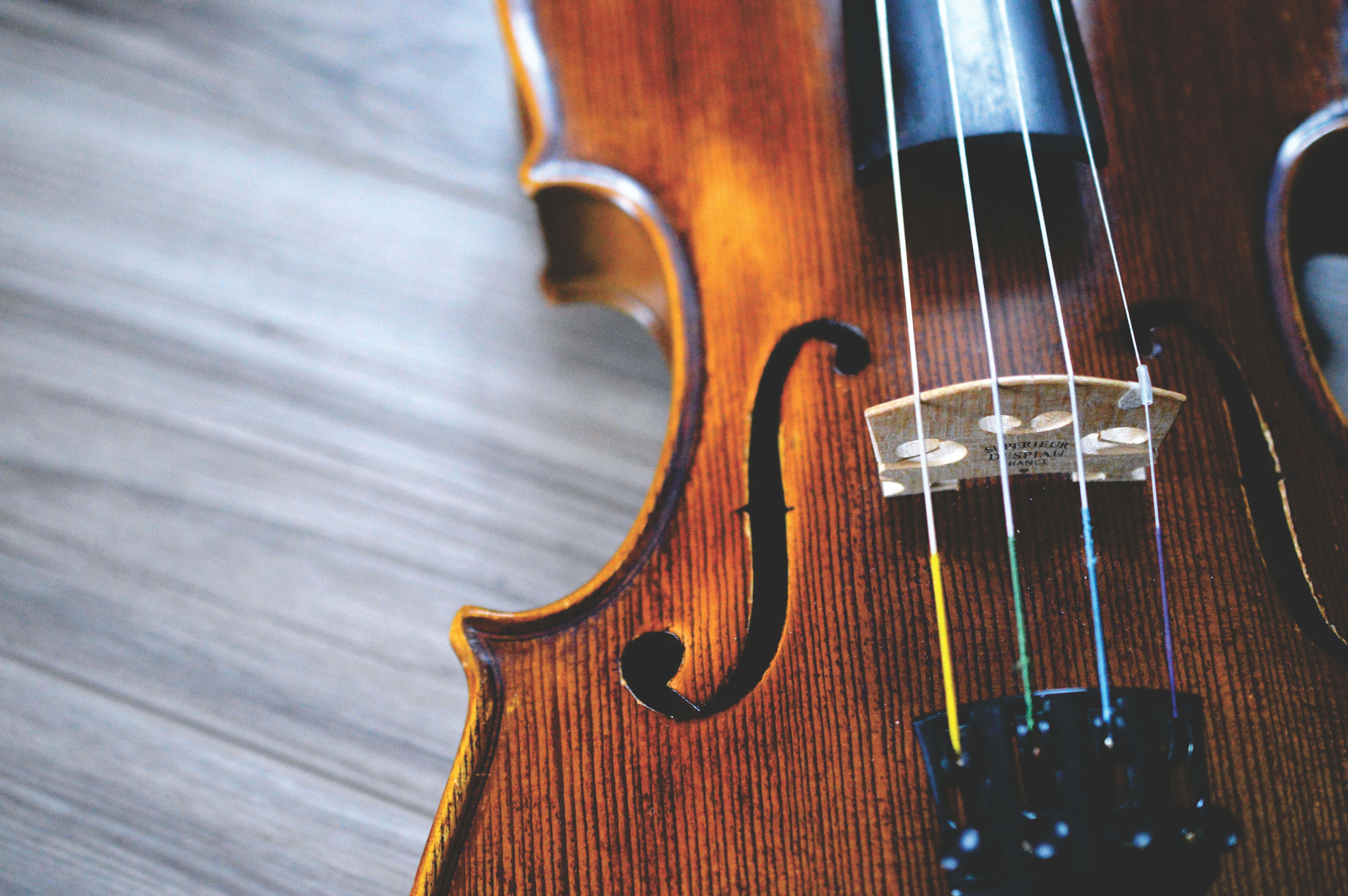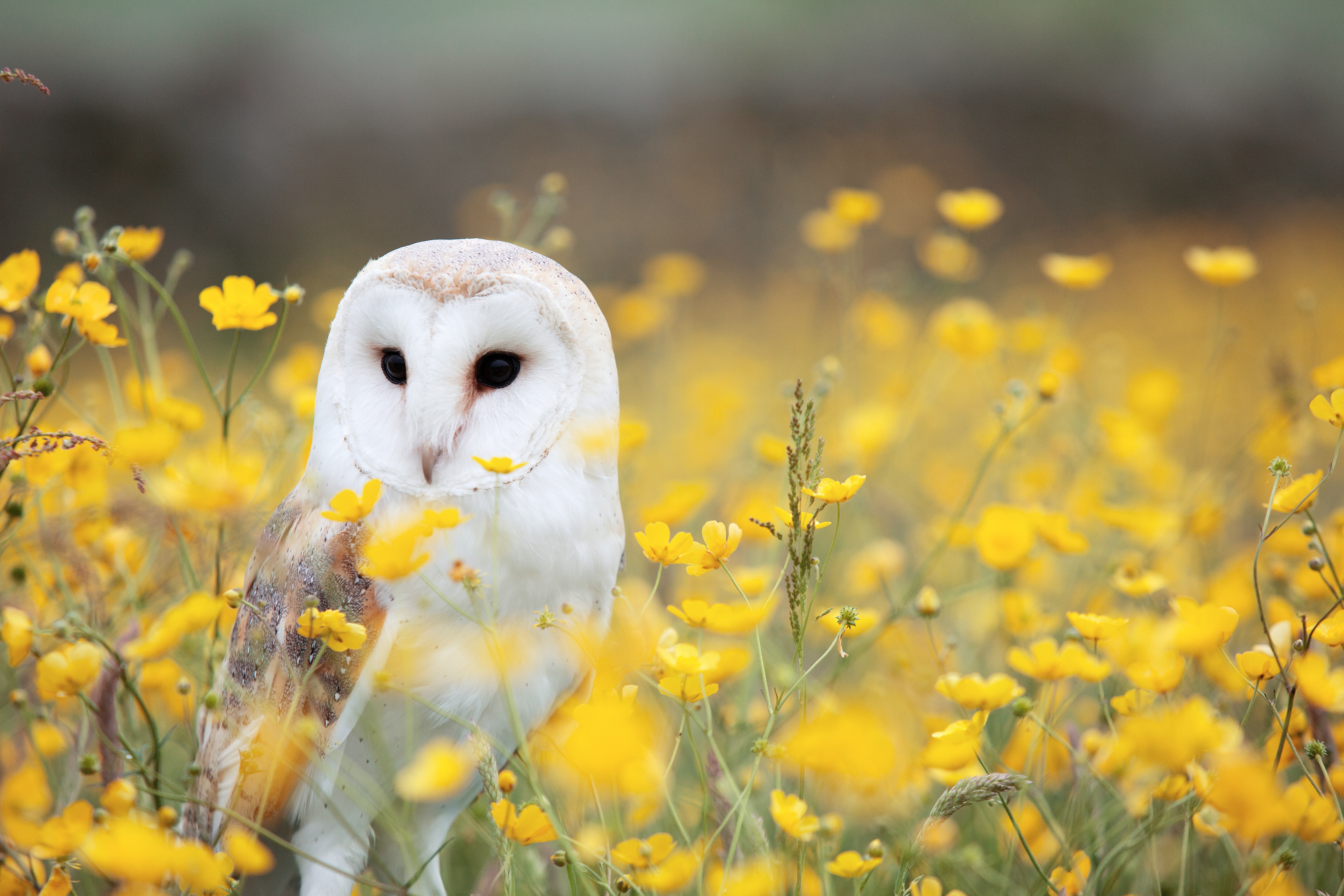This week, I have much enjoyed reading artist Celia Paul’s autobiography called, not unreasonably, Self-Portrait. The heading I have used for this post is a quote from her book and although the images of her work are necessarily grainy and poor (I was reading on my kindle) it is not hard to see where the statement comes from. Her way of writing is engaging, intimate and totally honest and although I do not know her work as an artist I am delighted to have come across this book.
Celia Paul was born in India in 1959 before moving to England as a young child when an illness required her to be treated at Hammersmith hospital. Her father was made Canon of Bristol Cathedral and later rose to become Bishop of Bradford. One of her sisters would go on to marry theologian and poet Rowan Williams who became Archbishop of Canterbury.
Celia was a devoted artist from childhood and was accepted aged 18 into The Slade Art school. Her bio says that she is considered one of the most important painters working in Britain today. Her work has been shown in solo and group exhibitions in London, Chichester and New York.

My Mother with a Ring
Given all that therefore, it is a great shame – and probably drives Celia Paul quietly mad – that she is best known for having had a relationship with a more famous (male) artist, Lucian Freud. In this Paul shares similarities with another female artist Gwen John who became romantically embroiled with famed sculptor Auguste Rodin. In fact so closely does Paul feel that her life aligns with that of Gwen John that her newest book Letters to Gwen John is just published and I have already downloaded it onto my kindle and started reading it.
Celia Paul is very honest about the challenges she has faced being a woman and an artist stating openly that she hopes that the book will speak to others who face the same obstacles. It is nearly always women who are forced to make choices between artistic gifts or other career choices – and caring responsibilities.
She writes:
“One of the main challenges I have faced as a woman artist is the conflict I feel about caring for someone, loving someone, yet remaining dedicated to my art in an undivided way. I think that generally men find it easier to be selfish.”
And:
“I would like this book to speak to young women artists – and perhaps to all women – who will no doubt face this challenge in their lives at some time and will have to resolve this conflict in their own ways. This seems to me to be an essentially feminine dilemma.”
And I think that those things that the author hopes for from this book will come to pass because her writing is powerful enough to remain the memory and convey the strength of her spirit.
Paul goes on to have a child by Freud. They name him Frank after their artist friend Auerbach. Frank will be raised by his grandmother to enable Paul to retain the silence and stillness she needs to work.
Lucian Freud bought her a pair of Java finches in a cage and a flat in Bloomsbury (in 1982) which she still occupies and which is her studio. She writes that it overlooks the entrance to the British Museum. And so if you are visiting the Museum, look up when you leave the building at the building over the road. Consider the 80 stairs which Celia’s mother used to climb regularly to sit for portraits.
Paul painted her mother and sisters constantly and refers to herself in the book not as a portrait painter but as “an autobiographer and a chronicler of my life and family.”





Leave a Reply to volatilemuseCancel reply